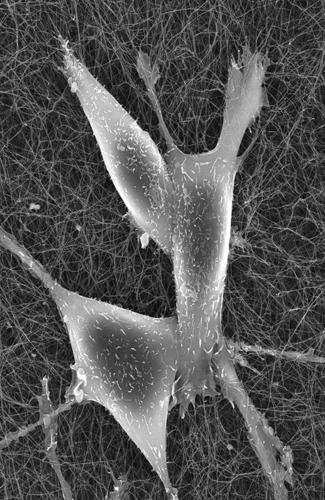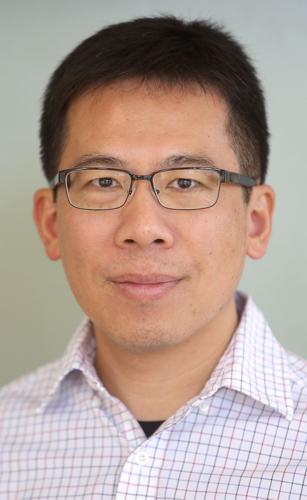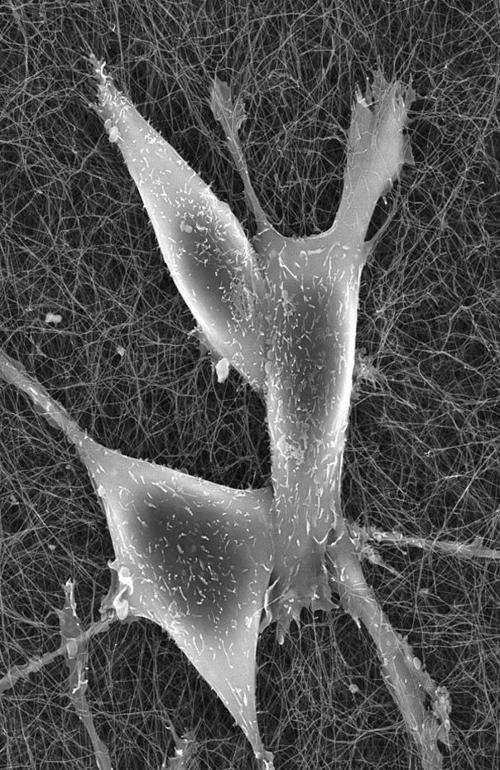Almost everyone has been touched by news of a cancer diagnosis and the toxic side effects of chemotherapy treatments.
Worse yet is not knowing whether these treatments will cure the disease.
Why do some cancer cells respond to chemotherapy while others don’t? This question has confounded cancer biologists and physicians for decades.
Chemotherapy resistance can occur when a very small number of cancer cells escapes treatment, which often leads to relapse later.
Scientists in the molecular and cellular biology department are turning to new single-cell and systems biology methods to get a fresh look at this age-old problem.
Andrew Paek’s lab uses time-lapse microscopy to create movies of cancer cells responding to chemotherapy treatment.
By following the chemotherapy response in single cancer cells that grow and divide over several days, researchers have found how key proteins in cells “decide” whether the cell will live or die.
The researchers are using this information to design novel treatment strategies that force cancer cells to make the “die” decision in response to treatment.
Guang Yao’s lab combines computer modeling and single-cell measurements to decipher how individual cells decide to enter or exit a state of non-growth, called dormancy.
Entering dormancy is another way in which cancer cells hide from chemotherapy treatments, which typically work by killing off growing cells.
The Yao lab recently uncovered a genetic “dimmer switch” that controls how deep a cell can go into dormancy.
They found that when driven to shallow dormancy, these cancer cells can no longer hide from chemotherapy. Accordingly, the researchers are devising ways to wake up and kill off dormant cancer cells to prevent relapse.
These labs are looking at how cells make critical decisions that impact how they respond to chemotherapy treatment. Understanding these decision-making mechanisms in cancer cells, and how they differ from healthy cells, will help to therapeutically eliminate cancer cells without leaving any renegade cancer cells behind.









